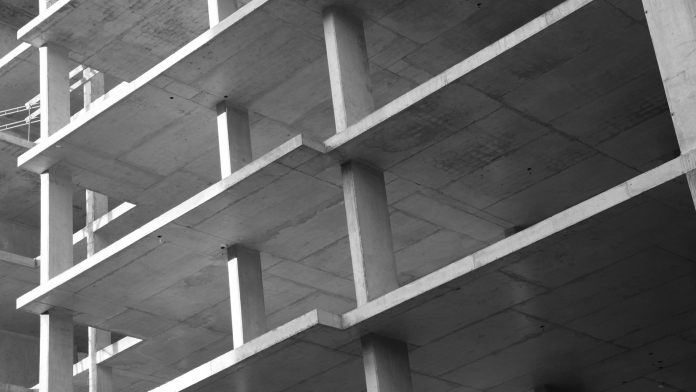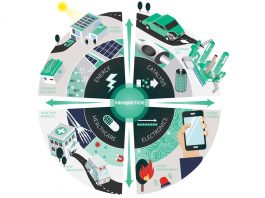Researchers at the National University of Singapore have developed a way of regenerating excavation waste to produce a stronger and more sustainable concrete.
Composed of water, cement, and a filler like sand, concrete is the most widely used man-made material on Earth. However, its effects on the environment are far less understood than other man-made materials such as plastic. The cement industry alone is responsible for around 8% of carbon dioxide emissions on earth, while the production of concrete consumes 10% of the world’s industrial water. As well as this, the amount of cement produced in two years is equal to the quantity of plastic produced in the last 60 years.
Aiming to reduce the impact of concrete on the environment, Associate Professor Pang Sze Dai and his team from the Centre for Advanced Materials and Structures at the National University of Singapore’s (NUS) Department of Civil and Environmental Engineering, are developing a greener and more sustainable concrete.
Their research, published in Construction and Building Materials, shows that the quantity of sand needed in the concrete mixture could be significantly reduced using a common clay material that can be acquired as a waste product from excavation works.
The team first acquired this material from construction sites in Singapore. It was then heated to stimulate the clay so that the bonding ability in concrete was increased. The activated clay was used to supplement up to half the fine sand powder typically used in concrete.
The scientists could then produce ultra-high-performance concrete (UHPC) – a very strong type of concrete that can reduce the size of the structural elements, and potentially reduce the amount of concrete used. The team also discovered that this process did not significantly impact the strength of the concrete.
Fine sand powder is a costly material that carries a large carbon footprint. As well as this, disposing excavation waste causes difficulties, as Singapore has limited space for landfills.
“Our discovery not only reduces the consumption of valuable resources, but also promotes a circular economy with the utilisation of waste clay. It opens an avenue to transform this waste into a potential resource,” Associate Professor Pang explained.
This is the first-time that low-grade waste clay has been used as fillers in concrete.
“Globally, low-grade clay is abundant. Its multi-faceted utilisation in concrete as fillers can not only help curtail the carbon footprint of concrete, but also reduce the cost of concrete production,” added Pang.









